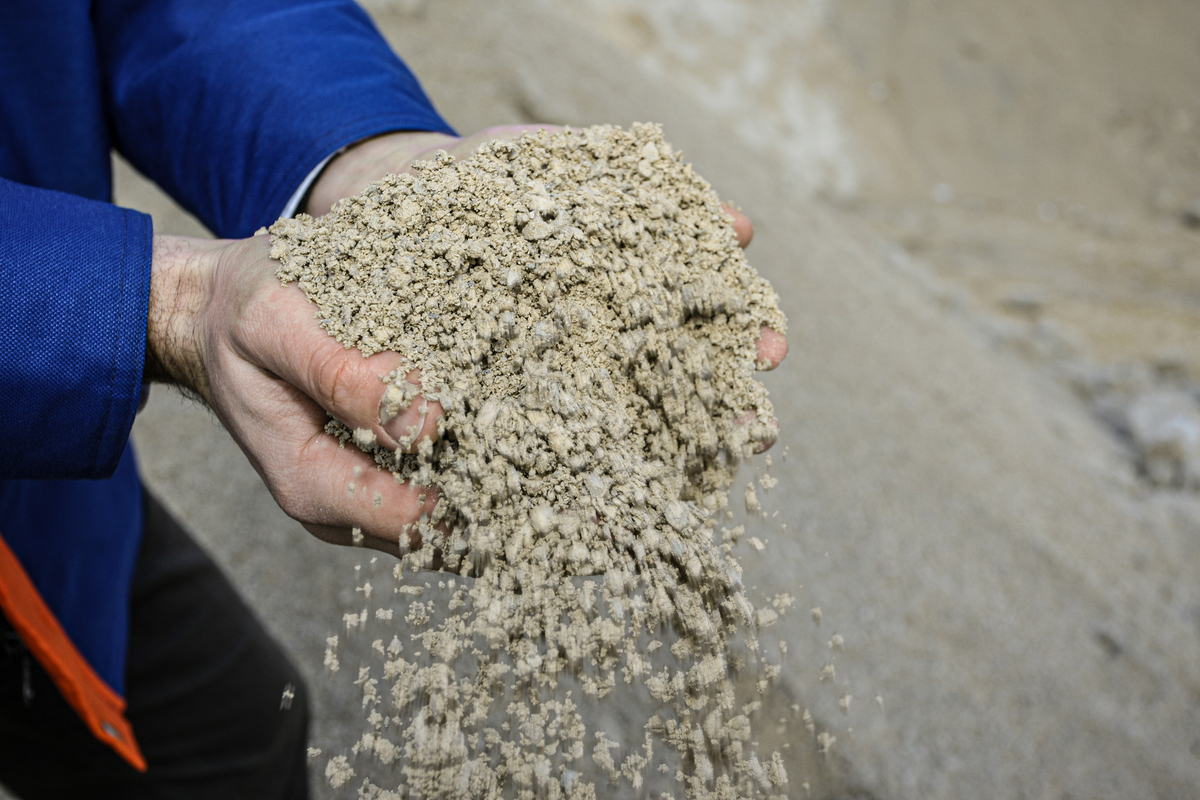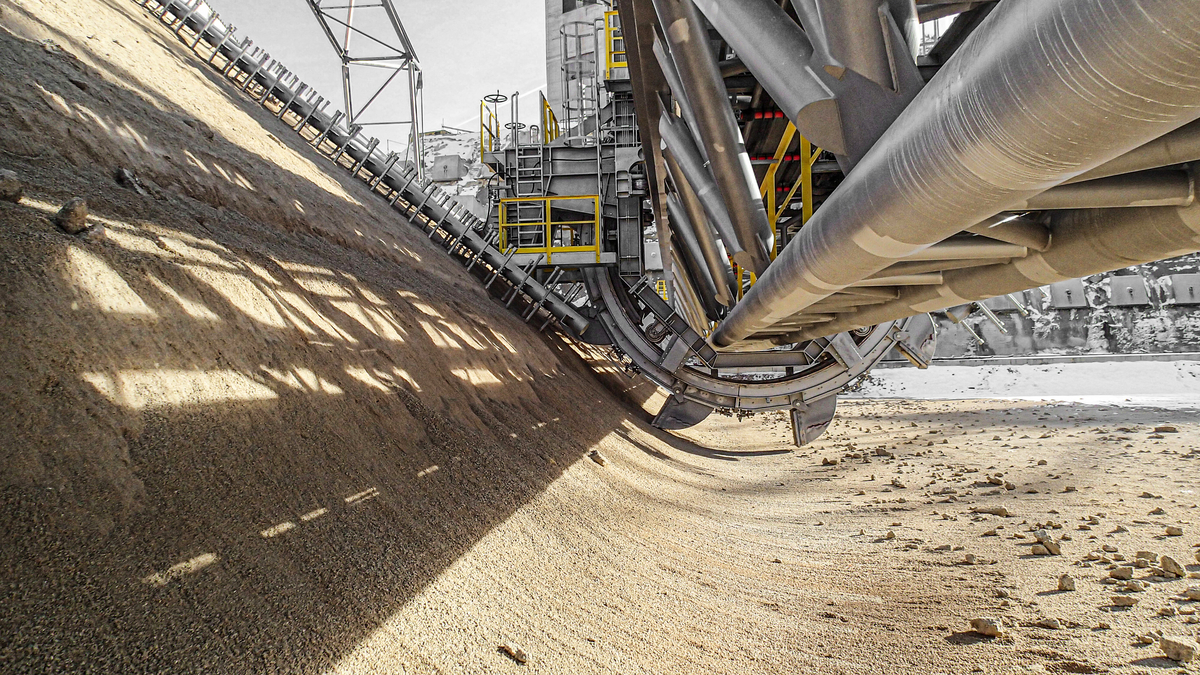Introduction
A new route using hydrogen as a reducing agent is required to establish a low CO2 steel production with domestic siderite ore (FeCO3). An innovative process chain will be investigated within the current project dedicated to the steps calcination and reduction of siderite in a fluidised bed to produce direct reduced iron (DRI) followed by a mineral processing for grinding and magnetic separation. Former investigations showed that the native siderite ore could principally be reduced to fine-grained DRI with hydrogen in a fluidised bed. Processing trials with grinding and wet-based weak-field magnetic separation revealed an enrichment of the iron content.
However, rare knowledge is available about the behaviour of the produced DRI (as fine-grained or agglomerated material) in downstream Electric Arc Furnace (EAF) steelmaking processes.
Objectives and Motivation
- A low CO2 steel production with domestic siderite ore (FeCO3)
- Investigation of an innovative process chain (calcination and reduction of siderite followed by mineral processing and magnetic separation)
- Scale- up of the process route to pilot scale (batch size between 400 to 800 kg)
- Generation of deeper knowledge about the extent of iron separation
- Determination of the impact of the siderite grain size on the fluidisation behaviour and reduction efficiency.
Methodology
- Process design (block diagram) of EAF steelmaking process with DRI from H2-based direct reduction of siderite ore comprising the required mineral pre- and post-processing steps, ore calcination, fluidised bed reduction and agglomeration of fine-grained DRI
- Calculation of mass and energy balances for different process options to determine the consumption figures for energies (hydrogen), raw materials (iron ore, additives) and other consumables
- Investigation of mineral processing methods, such as grinding, sieving, magnetic separation, and agglomeration of raw and calcined siderite ore as well as final DRI
- Examination of H2-based reduction of processed siderite ore in fluidised bed reactor to produce fine-grained DRI
- Quality evaluation of the pre-processed siderite ore as well as the final DRI product by physical, chemical, and morphological analyses using light microscopy and Scanning Electron Microscopy (SEM)
Results and Application
The project involves the evaluation of the technical and economic feasibility of different process routes for steel production in an electric arc furnace (EAF) with directly reduced iron (DRI) produced from processed siderite ore in the fluidized bed reduction process.
The quality requirements for the processed siderite ore (chemical composition, grain size) and the DRI after fluidized bed reduction (reduction degree, gangue composition and content) are specified.
The target compositions of the gangue components in the ore and DRI are specified to achieve optimum slag formation in the EAF.
The required grain size of the DRI will be quantified to ensure optimal enrichment of iron in the fine-grained DRI.
An increased knowledge about the influence of processed and calcined ore grain size and other parameters on the reduction in the fluidized bed reactor will be obtained.

 DE
DE EN
EN![[Translate to English:]](/fileadmin/_processed_/6/4/csm_liquid14_weiss_e50833489d.png)


